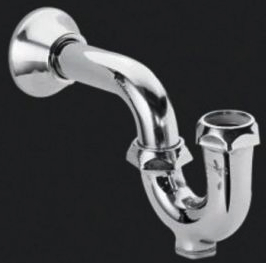My Favorite Elegant Invention
By Peter LloydA book edited by John Brockman, The Greatest Inventions of the Past 2,000 Years, contains essays, long and short, by creative greats such as Murray Gell-Mann, Steven Pinker, Richard Dawkins, and Mihaly Csikszentmihalyi. The greatest inventions according to these and other contributors include: the plow, printing press, democracy, birth control pill, geometry, eraser, distillation, anesthesia, and the idea of the idea.
The kind of thinking that attempts to answer such a question bears fascinating fruit. After perusing the book, I felt compelled to identify my favorite elegant invention rather than attempt to judge the greatest. My criteria were inspired by the elegance I admired among the greatest listed in Brockman’s book.
My Criteria
An elegant solution must be simple, as in not complex, in relation to alternative solutions. Secondly it must work better, more efficiently, than competing solutions. Finally, whether it serves humankind in a great or modest way, the most elegant of all inventions must delight.
In order to identify an invention, rather than a work of nature, I think we have to eliminate simple machines—things that provide only mechanical advantage, traditionally listed as the lever, pulley, wheel and axle, screw, wedge, and inclined plane.
I think we also have to look further than devices so simple that hardly any human intervention was involved. Things like the nail and pin, spoon and shovel, rope, and the like.
Elegant inventions, in my mind, include chopsticks, the compass, condom, sundial, paper clip, hammer, weather vane, rubber band, stairs, scissors—things like that. But to rise to the level of the most elegant, I think an invention needs to delight with its simplicity and efficiency.
The Winner
The P-trap does it all. It solves the challenge of keeping noxious gases from rising into the bathroom, kitchen, or any other room  with a drain to the waste line. Earlier attempts to do so used valves or lids. The P-trap uses the flushed water to block the gas.
with a drain to the waste line. Earlier attempts to do so used valves or lids. The P-trap uses the flushed water to block the gas.
How simple! It’s nothing more than a bend in a pipe. No moving parts. How efficient! Normal use—namely, running water down the drain—performs the gas-blocking function. In other words, just by using it to get rid of the waste, you also block the gas.
On top of all that, the P-trap was invented by a watchmaker, Alexander Cummings, and stands, therefore, as an example of a cross-disciplinary invention. What delightful serendipity!
See also:
- The Greatest Inventions of the Past 2,000 Years by John Brockman
- Galactic Interactions: The Most Elegant Solution In All Of Physics
Peter Lloyd has helped major consumer-package-goods companies generate new-product ideas for more than a decade. Among his favorites contributions to consumers—Heinz Green Ketchup.
Right Brain Workouts Explained
